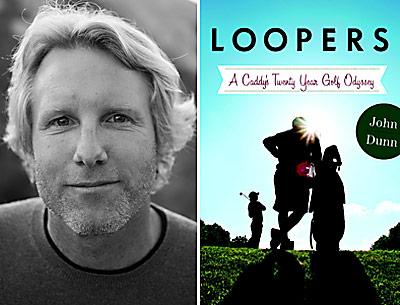The Art Scene: 09.05.13
The Art Scene: 09.05.13
On View at Horowitz
Glenn Horowitz Bookseller is showing work by Almond Zigmund upstairs through Sept. 22 and will open a show of Adam Stennett’s work on Saturday with a reception from 6 to 8 p.m.
Ms. Zigmund is presenting “Interruptions Repeated (Again and Again),” works on paper and sculpture. A sculpture installation by the artist can also be seen at the Sag Harbor Whaling Museum through Tuesday as part of the Parrish Art Museum’s Road Show. Her work is concerned with perception as she attempts to “challenge and destabilize” traditional norms to bring new focus on viewers’ daily navigation of space.
The show at Glenn Horowitz contains conceptions of works she typically constructs on a much larger scale, in vivid colors and intricate patterns. The artist’s recent works on paper, in acrylic, enamel, and flocking, will also be on view.
Mr. Stennett, who has just completed a month-long survivalist installation and performance on the South Fork in an undisclosed location, will show the fruits of his experiment, stretching the limits of what constitutes an artist’s residency. His self-developed shack in the wilds of the Hamptons is both serious and absurd in its intent.
The structure and its provisions will be relocated to the gallery, complete with army cot, solar panels, rain barrel, and compact garden. The works created while he lived in the shack will be on display as individual works and part of the installation, using his surroundings as inspiration for their subject matter. The show will be on view through October.
Modern Architecture Talk
Those visionaries and personalities that have shaped the modern city for the past few decades will be examined in a talk at Canio’s Books in Sag Harbor on Saturday at 5 p.m. Martin Filler will discuss his new book “Makers of Modern Architecture, Vol. II: From Le Corbusier to Rem Koolhaus.”
His first volume was published in 2007. His is a concise history, but covers architects and their creative output from the late-19th to early-20th centuries. He spends a good deal of time examining their personalities and characters and their bearings on how and what they designed.
Budnik at Kramoris
Sheryl Budnik’s self-described visceral and “vigorous dance of oil and pigment” landscape paintings will be on view at Romany Kramoris Gallery in Sag Harbor beginning today with a reception Saturday from 5 to 7 p.m.
The large-scale works are “more about human emotion than specifically about scenes of the sea, or any particular place” composed of paint thickly applied with a palette knife.
The artist graduated from the University of Michigan with a B.F.A. and received her M.F.A. from the University of Wisconsin.
The works will be on view through Sept. 26.




